This Winter, you may be wondering if you can still do some gardening. The answer to that is a resounding yes!
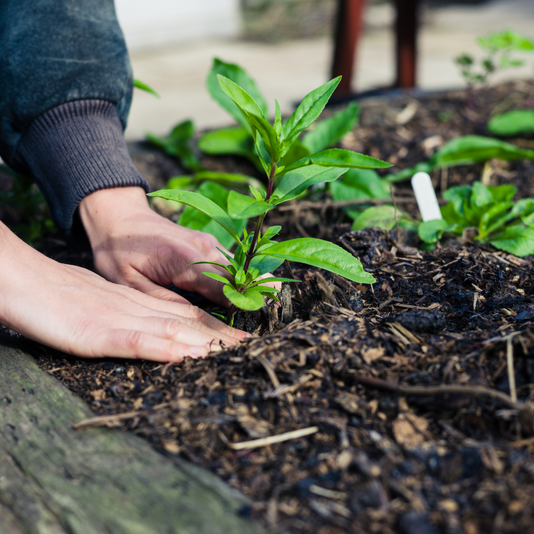

In fact, many garden lovers and hobby growers grow veggies year-round, and there are lots of great reasons for doing so. As Growers Guide explains, you can grow a wide variety of vegetables, fruits, and herbs in a Winter garden.

Winter Herbs: Many winter herbs can grow outdoors in Zones 6 and higher but will still thrive in a cold frame or a winter greenhouse. Those herbs include sage, common thyme, oregano, chamomile, mint, lavender, basil, chives, and tarragon. You can plant winter herbs outdoors in the fall and then move them into a greenhouse when the frost hits. You can also plant them in a raised bed garden and then protect it with a GrowIT Raised Bed Greenhouse.
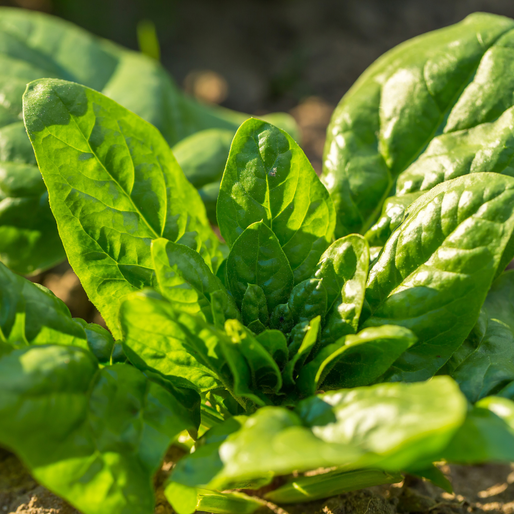
Root Vegetables: The most common root vegetables to plant for winter harvest or for overwintering include carrots, beets, radishes, onions, garlic, and turnips. You can also consider growing leeks, parsnips, and rutabagas. Root vegetables can survive frost and thrive in freezing temperatures. They can be planted during the fall and either harvested during the winter or early spring. Like leafy greens, your best bet is to grow root veggies in a raised bed with a cold frame.
Hardy Vegetables: broccoli, celery, peas, and brussels sprouts can withstand colder temperatures. If you prefer planting hardy vegetables in containers, space them far enough apart in your greenhouse so that the plants’ leaves don’t touch. If you prefer raised garden beds inside a winter greenhouse, be sure to thin out the weak plants as they grow so the hardier plants have plenty of room to thrive.
Warm Weather Vegetables: There are certain warm weather veggies that you can seed in your greenhouse late in the winter for a springtime harvest. Those vegetables include tomatoes, sweet potatoes, peppers, and eggplants. However, for successful growing of warm weather vegetables in colder climates, you will need a heated greenhouse.
Potatoes: From russet to Yukon, from red to purple, all kinds of potatoes can be grown in the winter in a greenhouse, provided you keep them free of frost. Each variety of potato takes about 80 to 100 days to grow. If you plant them in November or December, you should be able to harvest them in February or March.
If you’re thinking of doing some floral gardening on the other hand, here are some great ideas on what to start planting!
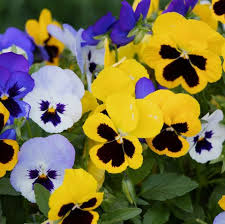
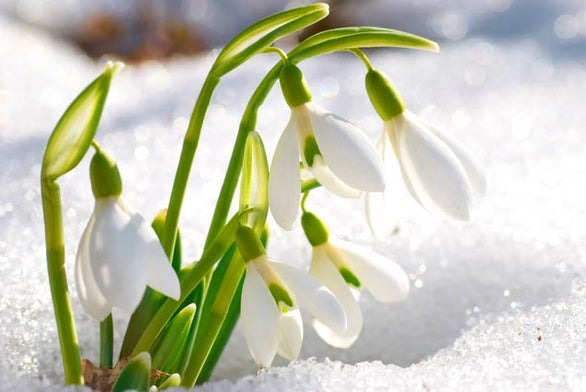
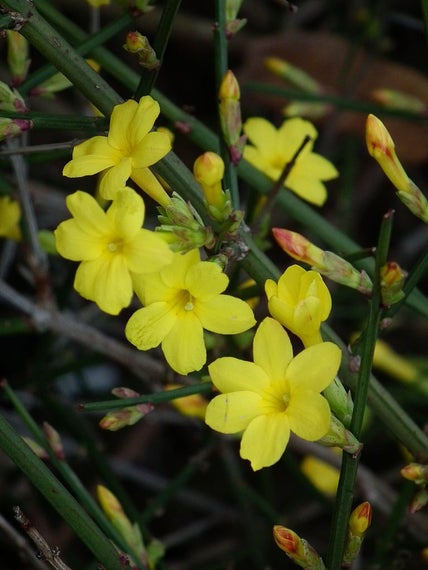
Here’s a rundown of what generally grows best in the colder months.

Winter Herbs: Many winter herbs can grow outdoors in Zones 6 and higher but will still thrive in a cold frame or a winter greenhouse. Those herbs include sage, common thyme, oregano, chamomile, mint, lavender, basil, chives, and tarragon. You can plant winter herbs outdoors in the fall and then move them into a greenhouse when the frost hits. You can also plant them in a raised bed garden and then protect it with a GrowIT Raised Bed Greenhouse.

Leafy Greens: Spinach, cabbage, radicchio, bok choy, and kale are rugged leafy greens that can thrive in a winter greenhouse. If you are planning to eat salads during the winter, then your best bet is to plant leafy greens in the ground during the fall, while the winter is still warm, and then cover with a cold frame. On sunny days, you’ll need to open the flaps to allow air circulation and prevent overheating, excessive moisture buildup, and disease or insect infestation.
Root Vegetables: The most common root vegetables to plant for winter harvest or for overwintering include carrots, beets, radishes, onions, garlic, and turnips. You can also consider growing leeks, parsnips, and rutabagas. Root vegetables can survive frost and thrive in freezing temperatures. They can be planted during the fall and either harvested during the winter or early spring. Like leafy greens, your best bet is to grow root veggies in a raised bed with a cold frame.
Hardy Vegetables: broccoli, celery, peas, and brussels sprouts can withstand colder temperatures. If you prefer planting hardy vegetables in containers, space them far enough apart in your greenhouse so that the plants’ leaves don’t touch. If you prefer raised garden beds inside a winter greenhouse, be sure to thin out the weak plants as they grow so the hardier plants have plenty of room to thrive.
Warm Weather Vegetables: There are certain warm weather veggies that you can seed in your greenhouse late in the winter for a springtime harvest. Those vegetables include tomatoes, sweet potatoes, peppers, and eggplants. However, for successful growing of warm weather vegetables in colder climates, you will need a heated greenhouse.
Potatoes: From russet to Yukon, from red to purple, all kinds of potatoes can be grown in the winter in a greenhouse, provided you keep them free of frost. Each variety of potato takes about 80 to 100 days to grow. If you plant them in November or December, you should be able to harvest them in February or March.
If you’re thinking of doing some floral gardening on the other hand, here are some great ideas on what to start planting!

Photo: Country Living
Pansies and Violas: Pansies are a great choice as they are capable of surviving in temperatures down to single digits, freezing solid, then bouncing back with the weather heats up again.

Photo: Greenview Fertilizers
Snowdrops: Snowdrops are grown in both cold and moderate winter regions, this flower is perfect for the cool winter months we're supposed to experience across Vancouver.

Photo: Gardening Know How
Winter Jasmine: It's also not too late to plant your Winter Jasmines - they will be ready to bloom in January!
If you'd like even more options on what to plant, try the follow:
- Hellebores
- Pieris
- Winterberry
- Winter Aconite
- Cyclamen
We hope these Winter gardening tips were helpful and you have a blast getting your green thumb on with the family!
